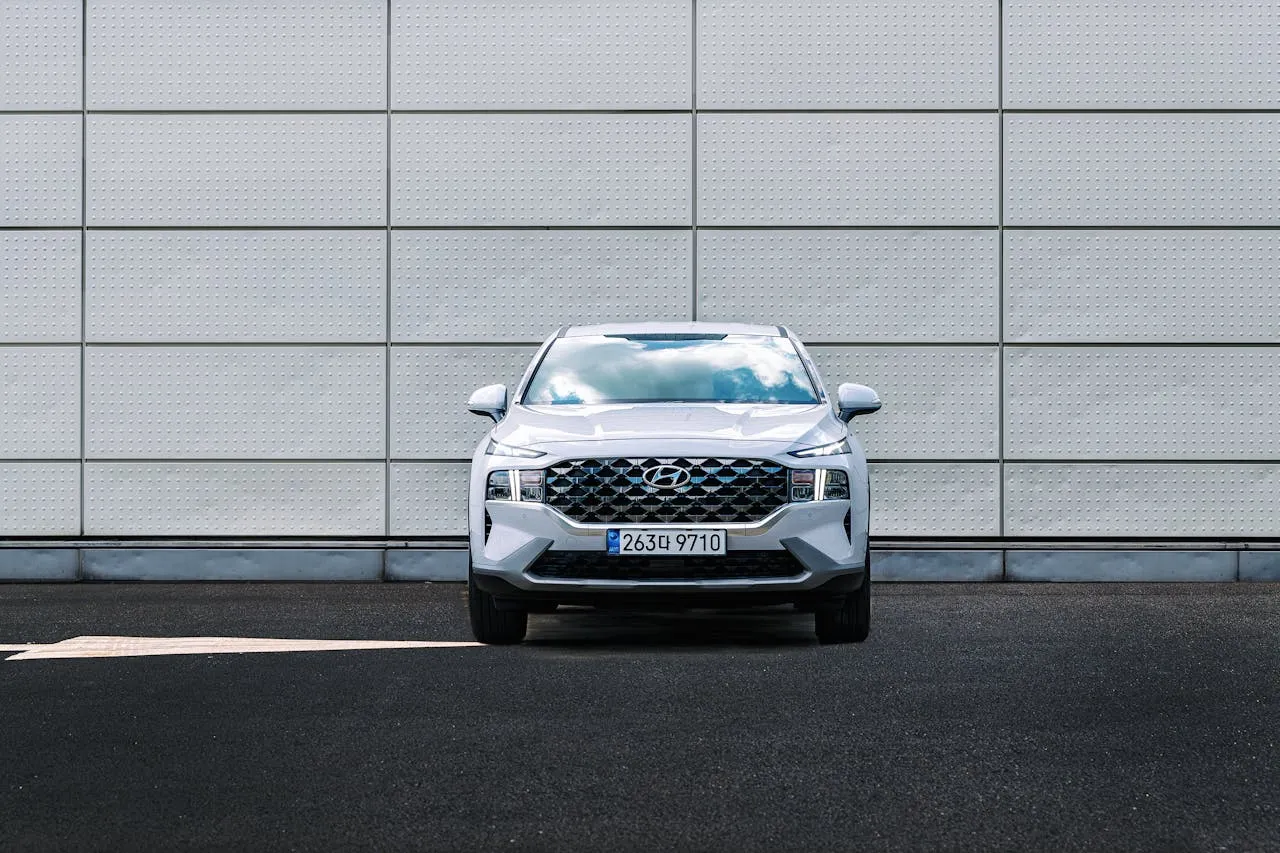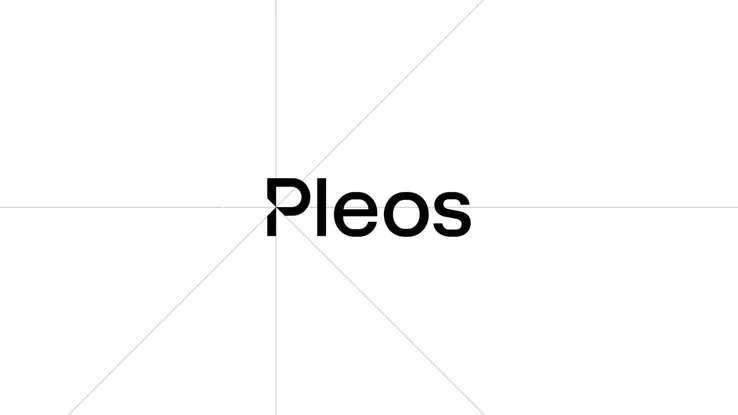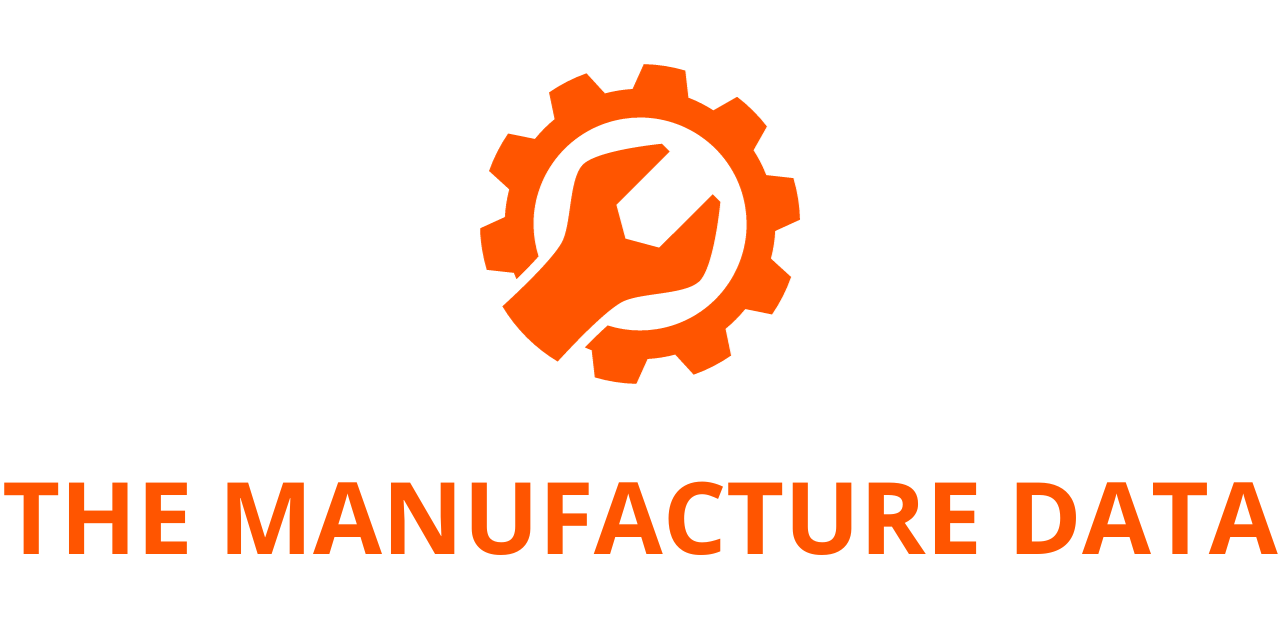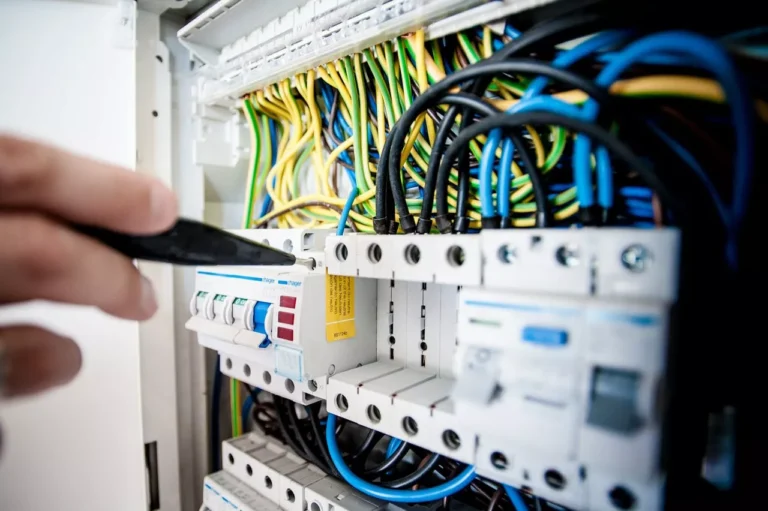
Hyundai Motor Group Unveils ‘Pleos’ Software Brand, Showcasing SDV Technologies and Global Collaborations
Hyundai Motor Group (the Group) has officially introduced its new mobility software brand, ‘Pleos,’ at the ‘Pleos 25’ developer conference held in Seoul. This event also highlighted the Group’s strategic collaborations with global partners to enhance the in-vehicle app ecosystem, marking a significant milestone in its evolution into a mobility technology leader.
A Vision for Mobility Tech: The Introduction of Pleos
At the heart of Hyundai Motor Group’s transformation into a technology-driven mobility company is Pleos, a mobility software platform that integrates a variety of technologies to enhance transportation and infrastructure. The platform aims to support autonomous movement and smart management of devices, thereby fostering a more efficient and interconnected mobility environment.
The core elements of Pleos include:
- High-performance chips and controllers
- Cloud infrastructure
- Vehicle operating system (Vehicle OS)
- Fleet management solutions
- Infotainment system (Pleos Connect)
- Mobility and logistics optimization technologies
By leveraging this advanced technology stack, Pleos enhances capabilities such as autonomous driving, real-time data analysis, vehicle connectivity, and optimized route planning. These innovations contribute to improved user experiences and increased operational efficiency in urban mobility solutions.
Decoding the Meaning Behind ‘Pleos’
The name Pleos is derived from the Greek word ‘Pleo,’ meaning ‘more,’ combined with ‘OS’ for ‘Operating System.’ This reflects Hyundai’s vision of advancing mobility solutions and offering increased freedom in transportation for both individuals and businesses.
Hyundai’s Software-Driven Approach to Mobility

Hyundai Motor Group’s strategy revolves around software-defined vehicles (SDVs), a key component in the shift toward software-centric mobility. By developing its own vehicle OS and Pleos Connect infotainment system, the Group is ensuring that its vehicles remain flexible and connected within a broader infrastructure.
Key Features of Hyundai Motor Group’s Vehicle OS:
- Developed in-house for SDV operations
- Integrated with high-performance vehicle computers (HPVC) and zone-specific controllers
- Modular and standardized for enhanced system performance and stability
- Designed for continuous updates and functional expansion through hardware-software decoupling
Pleos Connect: Next-Gen Infotainment System
Pleos Connect, built on the Android Automotive OS (AAOS), is set to redefine in-vehicle entertainment and connectivity. It introduces a range of user-centric features, including:
- A highly intuitive UI with multi-window functionality
- ‘Gleo AI,’ an intelligent voice recognition system for vehicle control
- ‘Pleos ID,’ a unified user profile accessible across multiple vehicles
- Enhanced compatibility with mobile applications for a seamless experience
- Scheduled to debut in vehicles in Q2 2026, with a projected expansion to over 20 million vehicles by 2030
Pleos Playground: Empowering Developers in the Mobility Ecosystem
In a bid to encourage third-party development, Hyundai has launched Pleos Playground, an open development platform allowing app developers to create in-vehicle applications effortlessly.
Pleos Playground offers:
- Access to AAOS software development kits (SDKs)
- APIs, design guides, and development support tools
- An ‘App Market’ where users can download and update apps
- Plug & Play (PnP) functionality for external hardware integration
This initiative removes barriers for developers, fostering innovation and enabling the expansion of the in-vehicle app ecosystem.
Introducing the ‘Next Urban Mobility Alliance’ (NUMA)
To drive cloud-based mobility advancements, Hyundai announced the ‘Next Urban Mobility Alliance’ (NUMA) at Pleos 25. This public-private collaboration framework aims to optimize urban transportation while addressing social challenges such as accessibility, regional depopulation, and climate change.
NUMA focuses on three main pillars:
- Freedom to Move:
- Expansion of ‘Shucle,’ a Demand-Responsive Transport (DRT) platform, in partnership with local governments
- Integration of R1 and Nano Mobility devices into the Shucle network to assist transportation-deprived areas
- Collaborations with Korean and European governments for additional urban mobility demonstrations
- Autonomous Vehicle Ecosystem:
- Hyundai’s Autonomous Vehicle Foundry (AVF) to provide electric vehicles with autonomous technology
- Integrated solutions including fleet management, production, certification, and development kits
- Expansion of Uber’s robotaxi services through AVF, as announced by Noah Zych, Uber’s Head of Autonomous Mobility and Delivery
- In-Vehicle Application Ecosystem:
- Collaboration with global tech leaders to integrate mobile devices with Hyundai’s SDV technology
- Samsung’s integration with SmartThings for enhanced connectivity between SDV vehicles and smart homes
- Google’s focus on AAOS integration, expanding AI-driven navigation and infotainment services
- Naver’s optimization of AI search, map services, and personalized recommendations for SDVs
- SOCAR’s enhancement of car-sharing services through user profile-based automation
- Unity’s expansion of in-vehicle gaming and real-time 3D rendering technology
Advancing Toward Level 2+ Autonomous Driving by 2027
Hyundai Motor Group has also set ambitious targets for autonomous driving, aiming to introduce Level 2+ (L2+) capabilities by 2027. The system, powered by AI-driven deep learning models, will enhance vehicle perception through advanced sensors and cameras. Hyundai plans to continuously improve AI efficiency by leveraging neural processing units (NPUs) and large-scale training infrastructure, ultimately evolving its vehicles into self-learning systems.
Pleos 25 Developer Conference: Showcasing SDV Innovations
Pleos 25 served as a comprehensive platform for developers and industry experts to engage with Hyundai’s SDV ecosystem. The event featured several interactive zones and sessions:
- SDV Zone: Demonstrated E&E architecture, next-gen infotainment, and SDV testbed vehicles.
- Pleos Connect Apps Zone: Showcased applications from 26 partners, fostering discussions on ecosystem expansion.
- Cloud Mobility Zone: Highlighted real-time mobility solutions, fleet management systems, and data-driven transportation management.
- Track Sessions: Included 24 rounds of expert presentations on SDV development and data utilization.
- Hands-on Sessions: Provided practical experience in creating and distributing in-vehicle apps using Pleos Connect SDKs and APIs.
A Future Built on Software-Defined Mobility
Hyundai Motor Group’s vision for software-defined everything (SDx) aims to connect all mobility solutions, services, and devices into a unified ecosystem. Through Pleos, the company is pushing the boundaries of smart mobility, enhancing user experiences, and shaping the future of urban transportation.
By embracing an open-platform strategy and fostering global collaborations, Hyundai is paving the way for an era where software-driven mobility solutions redefine transportation for individuals, businesses, and entire cities alike.




